Baking a cake is a delightful culinary endeavor that combines precision, creativity, and patience. Whether you’re a seasoned baker or a novice in the kitchen, understanding the basics of oven usage and cake baking times is crucial to achieving a perfect result. The question “How long does it take to bake a cake in an oven?” may seem straightforward, but the answer is influenced by several factors, including cake type, oven temperature, pan size, and even altitude. In this comprehensive guide, we’ll delve into the intricacies of cake baking, offering insights that will help you master this timeless art.
Understanding Oven Temperatures and Baking Times
Before diving into specific cake recipes, it’s essential to grasp the fundamental principles of oven temperatures and their impact on baking times. Ovens vary, and even preheated ovens can have temperature fluctuations. Therefore, using an oven thermometer to ensure accuracy is always advisable.
Most cake recipes call for an oven temperature between 325°F (163°C) and 375°F (190°C). Lower temperatures are generally used for cakes that require longer baking times to develop flavor and texture, such as pound cakes or dense fruitcakes. Higher temperatures are suitable for cakes that need to rise quickly and have a tender crumb, like chiffon cakes or angel food cakes.
Baking times can range anywhere from 20 minutes for thin, quick-baking cakes to over an hour for thicker, denser ones. It’s crucial to follow the recipe’s guidelines closely but also to rely on visual cues and a toothpick test to determine doneness. A cake is usually done when it springs back to the touch, the edges are beginning to pull away from the pan, and a toothpick inserted into the center comes out clean or with just a few moist crumbs attached.
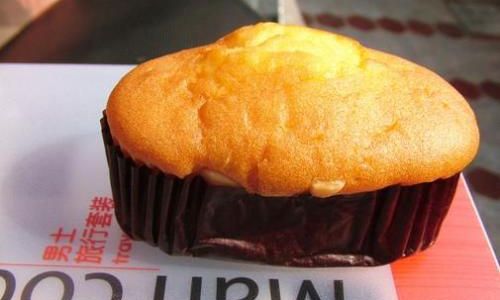
Factors Affecting Baking Time
Several variables can influence how long it takes to bake a cake, making it essential to consider the following:
-
Cake Type and Recipe: Different cakes have unique textures and ingredients that affect baking time. For instance, butter cakes tend to be denser and may take longer to bake than sponge cakes, which are lighter and airier.
-
Oven Type and Calibration: Conventional ovens, convection ovens, and toaster ovens all behave differently. Convection ovens, which circulate hot air, often bake cakes faster and more evenly than conventional ovens. Always preheat your oven and, if possible, use an oven thermometer to ensure the correct temperature.
-
Pan Material and Size: Metal pans conduct heat better than glass or ceramic pans, which can lead to faster baking times. The size of the pan also matters; smaller pans mean thicker batter, requiring longer baking times. Conversely, larger pans with thinner batter layers bake quicker.
-
Altitude: Baking at high altitudes requires adjustments because air pressure and humidity affect the way cakes rise and bake. Generally, you may need to increase oven temperature slightly and reduce baking time at high altitudes.
-
Humidity and Temperature in the Kitchen: The ambient temperature and humidity in your kitchen can also impact baking times. On humid days, cakes may take longer to bake due to the moisture in the air.
Common Cake Types and Their Baking Times
To provide a clearer picture, let’s explore some popular cake types and their approximate baking times:
-
Chocolate Cake: A classic chocolate cake, typically baked in two 9-inch round pans, will take around 30 to 35 minutes at 350°F (175°C). The cake should be moist, with a crackled top and a firm touch when done.
-
Yellow Butter Cake: A rich, buttery yellow cake baked in a standard loaf pan might take 45 to 55 minutes at 325°F (163°C). This cake should have a golden-brown exterior and a tender, moist interior.
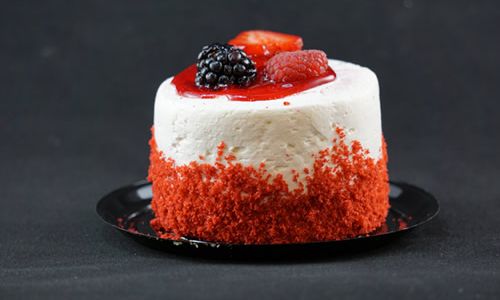
-
Sponge Cake: Sponge cakes, often used for layer cakes and desserts, bake quickly at a higher temperature. A two-layer sponge cake in 8-inch round pans can take about 25 to 30 minutes at 375°F (190°C). They should be light and springy when touched.
-
Cheesecake: Although not traditionally considered a “cake,” cheesecakes require precise baking times to avoid overcooking. A standard New York-style cheesecake in a springform pan usually bakes for about 60 to 75 minutes at 325°F (163°C), or until the edges are set but the center still jiggles slightly.
-
Fruitcake: Dense and rich, fruitcakes can take a long time to bake, often between 1.5 to 2.5 hours at 300°F (150°C), depending on their size and the ingredients used. They should be firm to the touch and have a deep, caramelized exterior.
-
Angel Food Cake: This light, airy cake bakes quickly at a high temperature. An angel food cake in a tube pan will take about 35 to 40 minutes at 375°F (190°C). It should be golden on top and have a tender, fluffy texture.
-
Pound Cake: Dense and rich, pound cakes can take anywhere from 45 to 60 minutes at 325°F (163°C), depending on their size. They should be deeply golden and have a firm, moist interior.
Tips for Perfect Baking
-
Measure Ingredients Accurately: Baking is a science, and precise measurements are crucial. Use kitchen scales for dry ingredients and liquid measuring cups for wet ones.
-
Room Temperature Ingredients: Butter, eggs, and milk should be at room temperature to ensure proper mixing and cake rise.
-
Proper Mixing: Over-mixing can lead to dense cakes, while under-mixing can result in poor structure. Follow the recipe’s mixing instructions carefully.
-
Use Quality Ingredients: High-quality ingredients, such as pure vanilla extract and unsalted butter, make a noticeable difference in flavor and texture.

-
Cooling: Always allow cakes to cool in their pans for a few minutes before transferring them to a wire rack to cool completely. This helps them retain their shape and moisture.
-
Storage: Properly stored cakes maintain their freshness longer. Most cakes can be stored in an airtight container at room temperature for up to three days or refrigerated for up to a week.
Troubleshooting Common Baking Issues
-
Cake is Too Dense: This can be caused by over-mixing, using cold ingredients, or not enough leavening agents. Ensure proper mixing, room temperature ingredients, and follow the recipe’s leavening guidelines.
-
Cake Falls After Cooling: Often due to under-baking, ensure the cake is fully baked by using the toothpick test.
-
Cake is Dry: This can happen if the oven is too hot or the cake is over-baked. Use an oven thermometer and follow the recommended baking times closely.
-
Cake is Too Light in Color: Insufficient browning can be due to a low oven temperature or a reflective pan. Increase the oven temperature slightly or use a darker pan.
In conclusion, baking a cake in an oven is an art form that requires attention to detail, patience, and an understanding of the variables that affect baking times. By following recipes closely, using quality ingredients, and paying attention to oven temperatures and visual cues, you can achieve beautifully baked cakes that delight your taste buds and impress your guests. Happy baking!
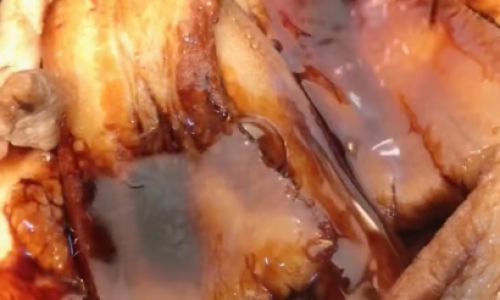
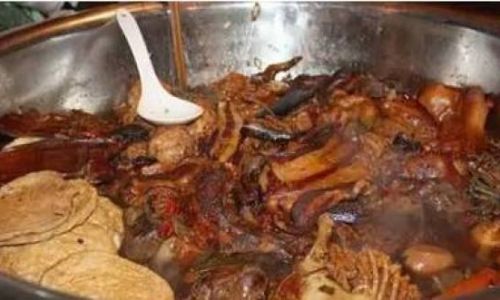
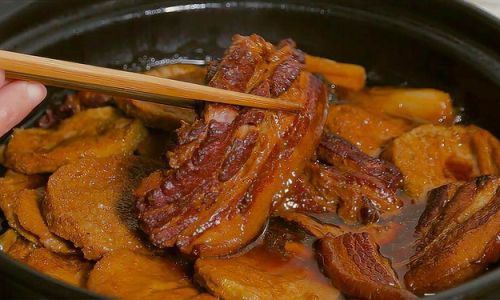
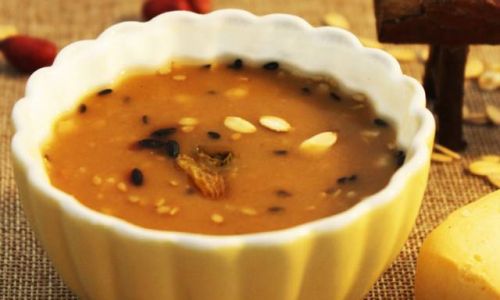
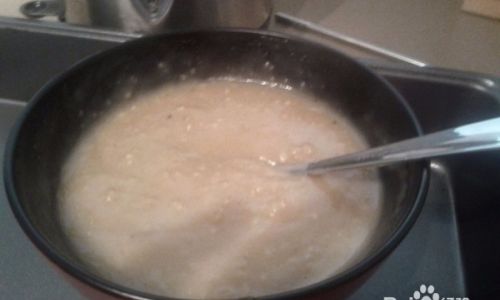

0 comments